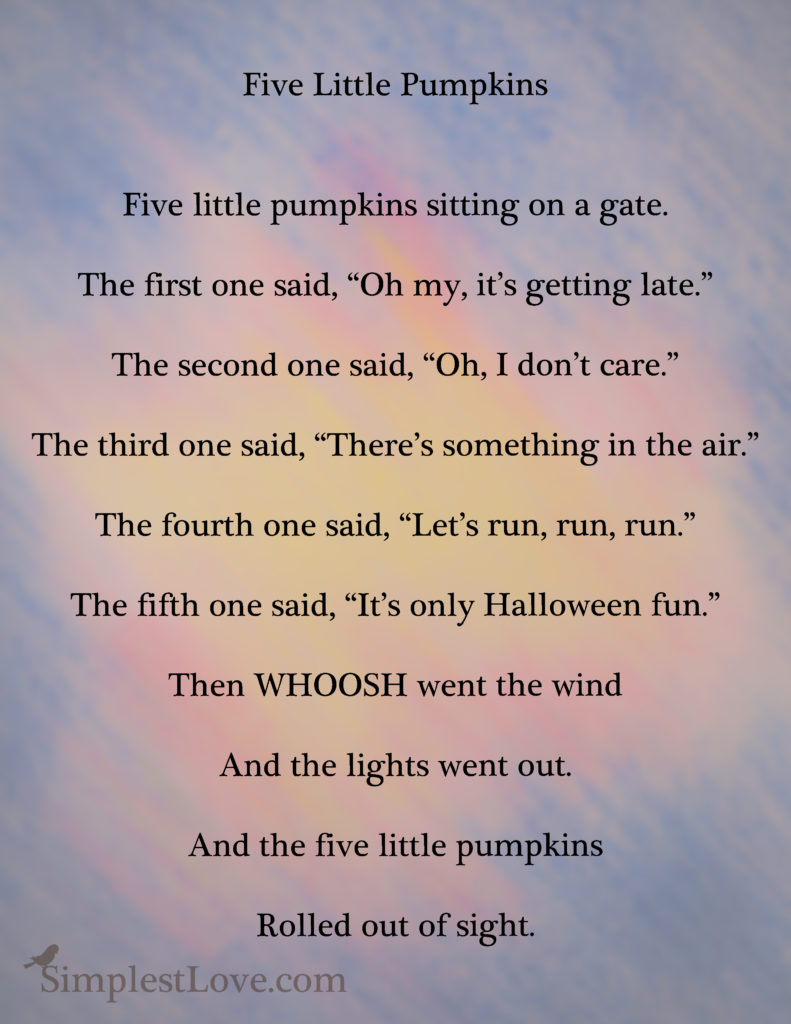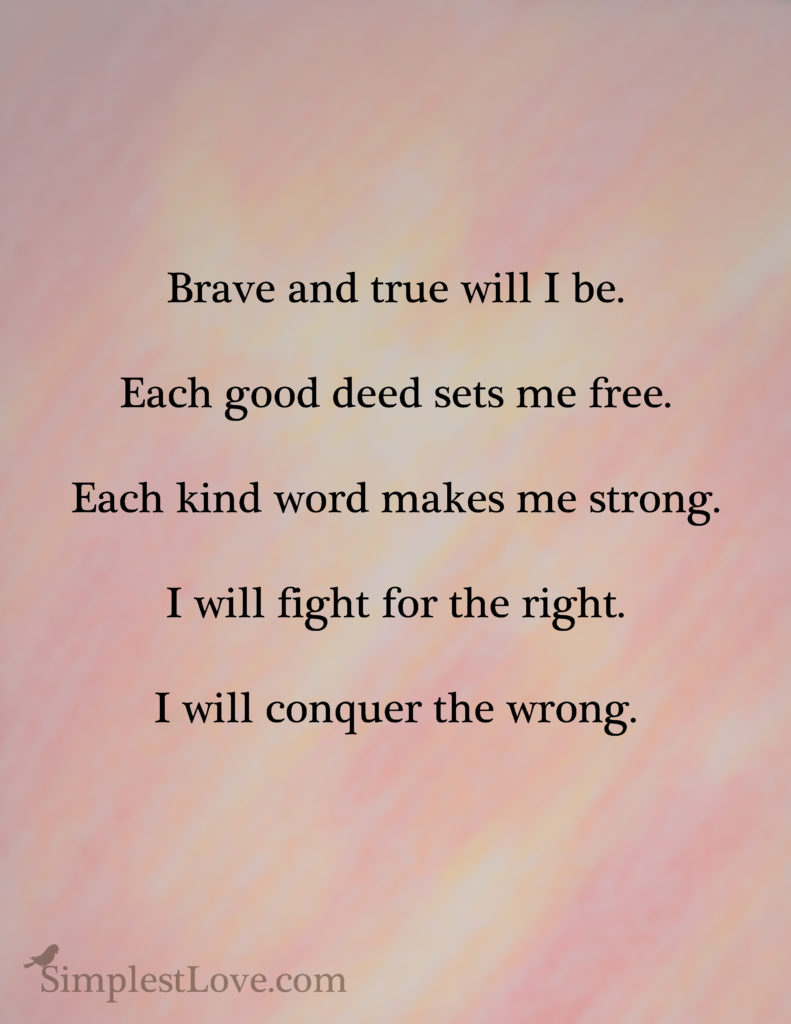Samhain is a Gaelic festival marking the end of the harvest season and the beginning of winter or the “darker half” of the year.
Sunset October 31st to Sunset November 1st
Sunset on Samhain is the beginning of the Celtic New Year. The old year has passed harvest is over.
The word Samhain (“sow-en”) comes from the Gaelic “Samhain.” Religious scholars divided on whether it means the end or beginning of Summer. This time of year is the end of Summer on the earth, but the beginning of the summer in the underworld.
Samhain is the time of year when the nights grow darker, there’s a chill in the air, and there’s a thinning of the veil between our world and the realm of the spirits.
If you have a nature table or alter, cover it with darker cloths and add rich colors like purples as well as fall colors of golds and reds and yellows. Bring in nature items from fall and harvest. For the Samhain alter add images of death like skeletons or ghosts. You can also add photos of family, friends or pets who have crossed over the threshold.
A simple Sambain Rite for young children by Patti Wigington
Use a basic altar setup for this ritual – feel free to raid your Halloween decorations for ghosts, witches, skulls, and bats. If your kids are old enough to not burn the house (or themselves) down when near an open flame, you can use candles, but they’re not required for this ritual. A nice alternative is the small LED tealights, which can go on your altar safely.
In addition to your Samhain decorations, place photos of deceased family members on the altar. If you have other mementos, such as jewelry or small heirlooms, feel free to add those. Also, you’ll want an empty plate or bowl of some sort (leave this on the altar), and a bit of food to pass around as an offering – if you’re working with kids, you might want to have them help you bake bread ahead of time for ritual use. Finally, have a cup with a drink in it that the family can share – milk, cider (always a great option in the fall), or whatever you may prefer. Obviously, if someone is sporting a cold or runny nose, you might wish to use individual cups.
If your tradition requires you to cast a circle, do so now. Keep in mind that not all traditions do so, however.
Gather your family around the altar, and ask each child to stand quietly for a moment and to think about the different family members that have crossed over. If your child has recently lost a pet, feel free to encourage them to think about that deceased pet. You may even wish to put your deceased pet’s photo on the altar next to Grandma and Uncle Bob.
After everyone has taken a moment to think about their ancestors, and before anyone starts to fidget, begin the ritual.
Parent: Tonight we are celebrating Samhain, which is a time when we celebrate the lives of the people we have loved and lost. We are going to honor our ancestors so that they will live on in our hearts and memories. Tonight, we honor [name], and [name].
Go through the list of specific people whom you wish to honor. If someone has died recently, start with them and work your way back. You don’t have to unleash the names of every single person in your family tree (because it could be Yule before you finish), but it’s important to mention the people who have had the most impact on your life. If you want, to help the kids understand who everyone was, you can go into more detail as you name the ancestors off:
“Tonight we honor Uncle Bob, who used to tell me funny stories when I was a kid. We honor Grandma, who lived in a cabin in Kentucky where she learned to make the best biscuits I’ve ever had. We honor cousin Adam, who served in the Army and then bravely fought cancer before he crossed over…”
Once you’ve named off all of the ancestors, pass the plate of food around so each family member can take a piece. These are to be used as offerings, so unless you want little Billy sneaking a bite out of his, you might want to forgo cookies in favor of plain bread, broken into chunks. After each family member has a piece of bread (or whatever) for their offering, everyone gets to approach the altar, one at a time. Adults should go first, followed by the oldest child, working down to the youngest.
Invite each person to leave their offering on the altar on a plate or bowl for the ancestors. As they do – and here’s where you get to lead by example – ask them to send up a prayer to the gods of your family’s tradition, the universe, or your ancestors themselves. It can be as simple as, “I leave this bread as a gift for those who came before me, and thank you for being part of my family.” If you wish to name individual ancestors, you can, but it’s not necessary unless you want it to be.
For smaller children, they may need some help with putting their bread on the altar, or even with verbalizing their thoughts – it’s ok if your little one just puts their bread on the altar and says, “Thank you.”
After everyone has made their offering on the altar, pass the cup around the circle. As you pass it, you can say, “I drink in honor of my family, of the gods, and of the bonds of kinship.” Take a sip, and pass it to the next person, saying, “I share this with you in the name of our ancestors.”
Once everyone has had their turn, replace the cup on the altar. Ask everyone to join hands and close their eyes for a moment.
Parent: Ancestors, family, parents, brother and sisters, aunts and uncles, grandmothers and grandfathers, we thank you. Thank you for joining us this Samhain night, and for helping to shape us into who we are. We honor you for that gift, and thank you once more.
Take a moment for quiet reflection, and then end the rite in whatever way works best for your family.
I gathered this information from the website
www.about.com/religion/

